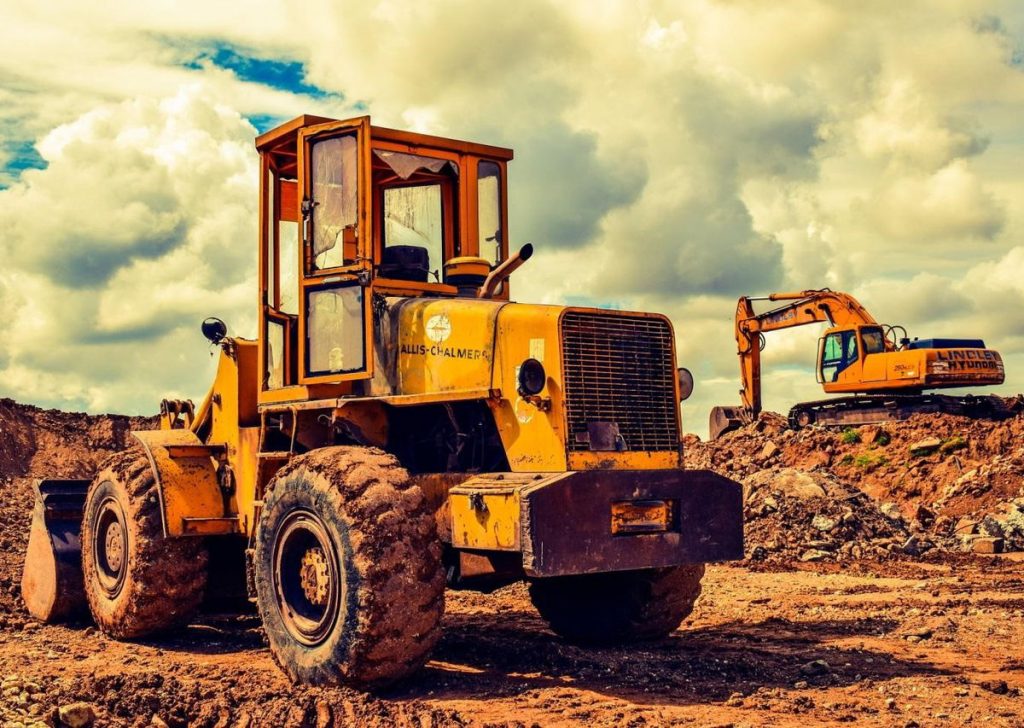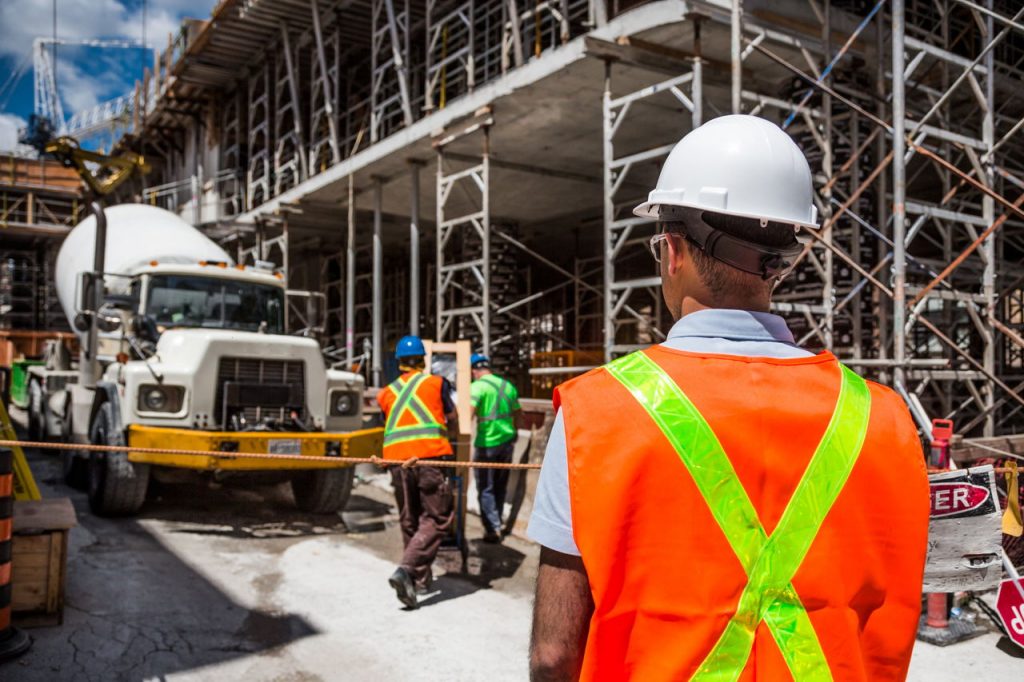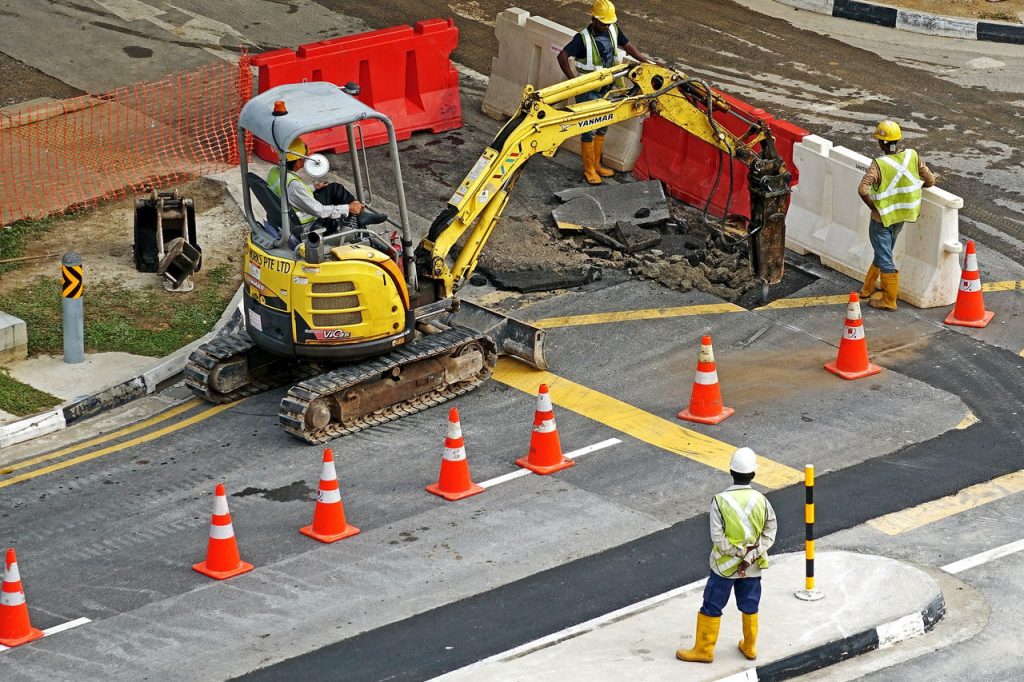Data adds value in ways still untapped by construction companies. It can help mitigate risks arising from a lack of connectivity in systems, among interested parties, and design-to-field activities. Construction projects are massive capital consumers—alongside turning dirt and laying concrete, they’re churning mounds of unexamined data from the most routine to challenging tasks. But what kind of data are we really going after? Real-time project data that objectively and deeply informs on every minute of every day until project closeout, so that owners and superintendents can make less arbitrary decisions and rely on intelligently processed data that exposes site vulnerabilities, sub-optimal practices, and clear deviations from construction plans. Depending on project characteristics and risk profile, real-time data is filtered, classified, crunched, and converted into scalable insights for project teams to enhance processes ranging from laying out drawings to final-leg safety inspections. Many new technologies have eased access to real-time data; a good jumpstart to make data work for you is to know how to capture it.
Business Information Modelling Aligns Perspectives
BIM is an all-encompassing digital model of a project, which holds a wealth of data fed into it by everyone from the owner to field workers. Much of the data though centralized remains siloed and even unstructured, which is why BIM effectively organizes data into design builds that help workers carry out tasks without missing updates. Routine site activity is to compare virtual perspectives of locations using the BIM model, to see if design amendments need to be made in keeping with owner specifications. Instead of manually measuring several such locations on-site, BIM presents accurate data plotted on a coordinate system for workers to assess where reworks are warranted. Were reworks executed based on physical measurements, they could’ve produced inaccurate results, leading to an incalculable financial drain. Real-time data can come from a safety inspector, equipment sensor, updated as-built drawings or even from a field worker’s query about a site discrepancy. BIM helps construction project managers discern how best to use available means to achieve desired ends.
Construction Management Tools Reduce Inconsistencies
Already a billion-dollar industry, the global construction market is expected to be valued at $15.5 trillion by 2030. To capitalize on this potential, it is imperative that construction companies onboard technology that reorients cost-consuming actions to cost-saving operations. Integrating a construction management tool into organizational workflows will prepare companies for best-case and worst-case Jobsite conditions. Allowing them to streamline activities from design to closeout, such tools steer projects away from avoidable risks and failures. To gauge Jobsite progress, construction management software helps perform below activities directly tied to project bottom lines:
See critical issues based on incoming site data to ensure compliance with design specs, safety protocols, and site maintenance Successfully bid on projects (explore the differences between bids, quotes, proposals, and estimates in the blog post by Procore Technologies) Manage schedules with timely updates on material inflows, equipment conditions, installations, and drawing changes Account external factors such as environment and political climate to manage costs Enable information sharing based on legal regulations and project guidelines Evaluate Jobsite data Warn about safety incidents to help caution team members Predict results with the current schedule and building activity to realign project components
Providing such advantages and beyond, construction software positions contractors for success without harming prior commitments.
Artificial Intelligence Provides Competitive Advantage
AI has sown the seeds for enhanced accuracy across the construction value chain. With more data exposure, AI devices are equipped with cognitive capabilities that can automate manual tasks on-site and be the eyes of senior management to keep tabs on different work zones. AI algorithms detect a range of safety and productivity issues based on historical data to inform on project scope and outcomes. It mitigates clashes in the design-build-operate cycle where often design and sub-contractor teams disagree on a slew of building aspects whether conceptual or operational. This prevents rework. It puts everyone on the same boat rather than on the defensive when 3D design alternatives are built to test variations of original drawings—a healthy trade-off emerges from co-modeling the project to exact specifications. Banishing a sense of uncertainty, AI-led design modeling implants key insights in the project database which can be called on to verify if as-builds were correctly implemented. AI also powers virtual reality (VR) and augmented reality (AR) devices. When clients are taken on virtual tours of buildings, they can see how initial decisions shaped building elements. Paired with this, AR headsets enable viewing the finished product with multiple trial-and-errors in the 3D virtual model. Installations such as kitchenware can be remodeled to reflect more modular design concepts and to check if they would satisfy the upcoming market demand for smart homes.
Site Sensors Track and Monitor Equipment
Upgrading heavy equipment, static machinery, and worker jackets with sensors can produce game-changing results.
Fitting sensors onto earth-moving equipment can credibly update on soil conditions and temperature levels, which can be used to circumvent any equipment that fails to ensure it performs optimally. This can effectively optimize the routes taken by trucks to transport material to different site locations, expediting production and decreasing delays. Large construction sites can draw immense value in sensor-equipped machinery as real-time data about site conditions can be accessed at once. This helps decision-making stakeholders to nip small inconsistencies in the bud, improving workflows in general. Sensors outfitted on worker safety gear can prevent dangerous safety violations by sending alerts to managers. If a worker isn’t wearing protective gear while taking on intense physical work such as welding, they can risk permanent bodily injuries. This is a repeated symptom of site-wide safety negligence, and sensors can track them before letting workers slip in harm’s way. An adjacent concern to worker safety is their productivity. Sensors trace a worker’s daily activity to help managers optimize resource allocation, i.e., move more workers to high-intensity zones in case of a shortage.
Deep Learning Transforms Data into Quality Insights
A subset of AI is machine learning whose subset is deep learning. It learns about construction processes as prolifically as a human expert would, and suggest solutions to maximize efficiency. By analyzing construction processes based on past project data, deep learning can prevent schedule and cost overruns. It has a broad range of applications from planning to monitoring post-construction. In project planning stages, construction managers set project timelines against design specifications that will go on to shape the work of multiple teams. Through understanding design-phase activities, deep learning predicts possible risks such as weak adverse weather endurance leading to cracks in building exteriors. Spotting such complex issues beforehand gives project managers the much-needed bandwidth to plan for contingencies and also fix material quality issues by changing suppliers or other measures. Deep learning can train managers to enforce quality standards across site activities. Take design installations and fixtures across floor levels in a building. Unpolished moldings, incorrectly laid floor tiles, loosely attached doors—all nascent disasters if overlooked even by a small inch anywhere. To ensure such issues are pre-empted, all possible construction errors should be fed into the deep learning program for it to actively scan the site to enable course correction. Producing precise images of site locations, deep learning tools can point out defects in equipment, worker management, and site activities as they occur and proactively suggest solutions. A construction Jobsite is heavily impacted by adverse weather that causes irrecoverable delays. Deep learning can provide accurate estimations of schedule changes that can be incorporated early on to avoid being caught off guard. They also render data retrieval hassle-free when project managers want to create risk assessment reports. Large construction sites must have a thorough and accurate risk report that grades risks based on severity, and pre-prepares field workers on safety protocols. To extend the benefits of deep learning tools, construction companies should strive to enrich them with external data including market dynamics, client information, and optimize data collection by clearly defining its purpose—this can create significant changes in the way it is used as a project management tool. Real-time data can improve both construction quality and productivity. When aligned with emerging technology as explored above, project managers can more effectively communicate about real-time issues and address loopholes to maintain timelines and budgetary commitments. How do you think real-time data can be best used on construction job sites?


